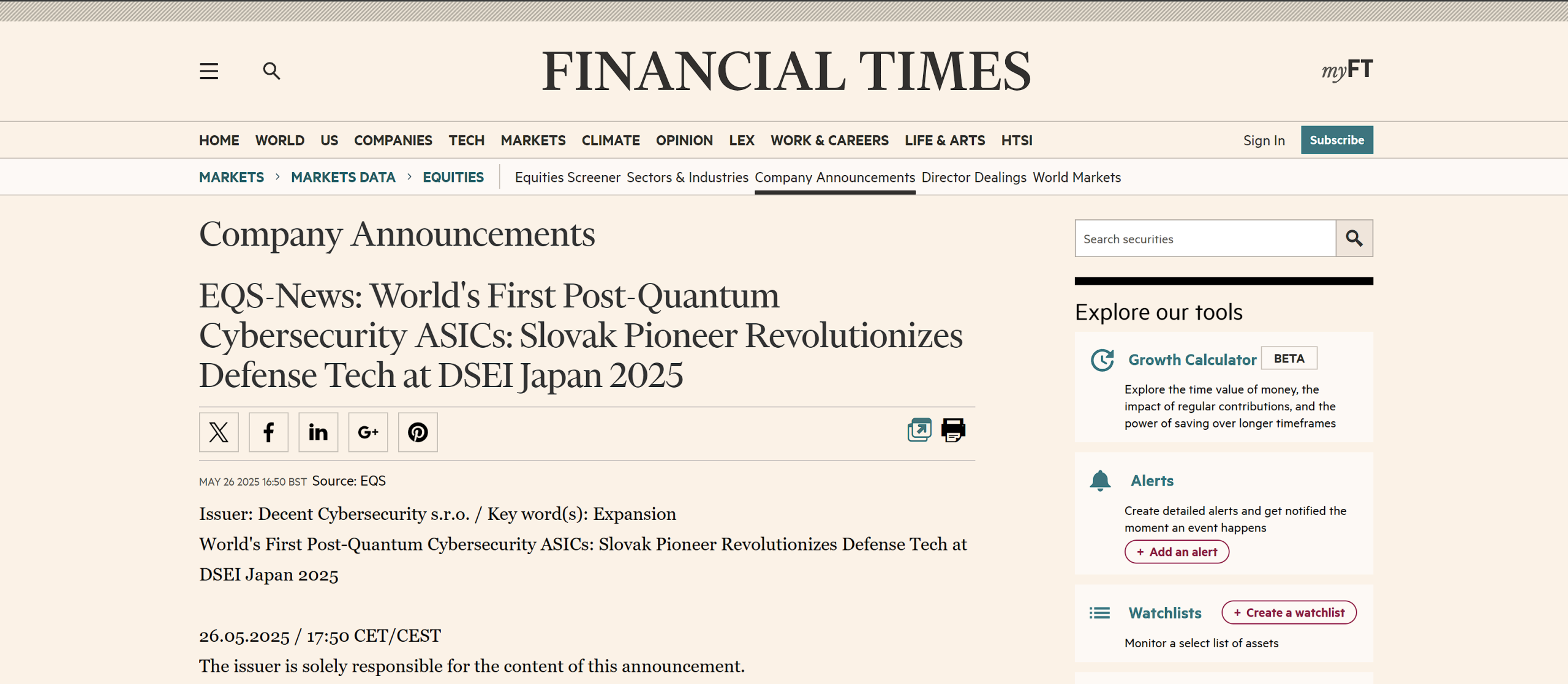Anticipating the Next-Generation Network Security
As 2024 heralds the advent of 6G technology, the focus on its security architecture becomes paramount. The integration of post-quantum cryptography into 6G networks represents a forward-thinking approach to safeguarding this emerging technology against future cryptographic threats, particularly those posed by quantum computing.
The Need for Enhanced Security in 6G Networks
6G networks promise unprecedented speed and connectivity, but they also introduce new security vulnerabilities. The vast increase in connected devices and the critical nature of the services they support necessitate a robust security framework capable of thwarting advanced cyber threats.
Quantum Computing: A Threat to Traditional Cryptography
The development of quantum computing technologies presents a significant risk to the cryptographic underpinnings of current network security systems. Quantum computers have the potential to break many of the encryption protocols on which modern network security relies, including those used in 5G and earlier generations.
Post-Quantum Cryptography in 6G Networks
In response, the implementation of post-quantum cryptography in 6G networks is being actively pursued. These quantum-resistant algorithms are designed to secure networks against both conventional and quantum-computing threats, ensuring long-term protection of data transmitted across these ultra-fast networks.
Challenges in Implementing Post-Quantum Cryptography
Adopting post-quantum cryptography in 6G networks involves overcoming several challenges. These include ensuring compatibility with a wide range of devices, maintaining network performance and efficiency, and achieving global standardization of cryptographic protocols.
The Role of Global Standardization Bodies
Standardization bodies like the International Telecommunication Union (ITU) and the National Institute of Standards and Technology (NIST) play a crucial role in this transition. Their guidelines and recommendations provide a framework for the consistent and secure implementation of post-quantum cryptography in 6G networks.
Evaluating the Effectiveness of Post-Quantum Solutions
Continuous evaluation and testing are essential to ensure the effectiveness of post-quantum cryptographic solutions in 6G networks. This involves rigorous assessment of algorithmic strength, resistance to various attack vectors, and adaptability to future technological advancements.
Preparing for a Secure 6G Future
As the telecommunications world progresses towards 6G, ensuring the security of these networks is critical. The integration and continuous evaluation of post-quantum cryptography within 6G networks in 2024 are vital steps in preparing for a future where advanced computing capabilities will challenge current security paradigms. By addressing these challenges proactively, 6G networks are poised to offer not only faster and more reliable connectivity but also a higher standard of security in the quantum age.







